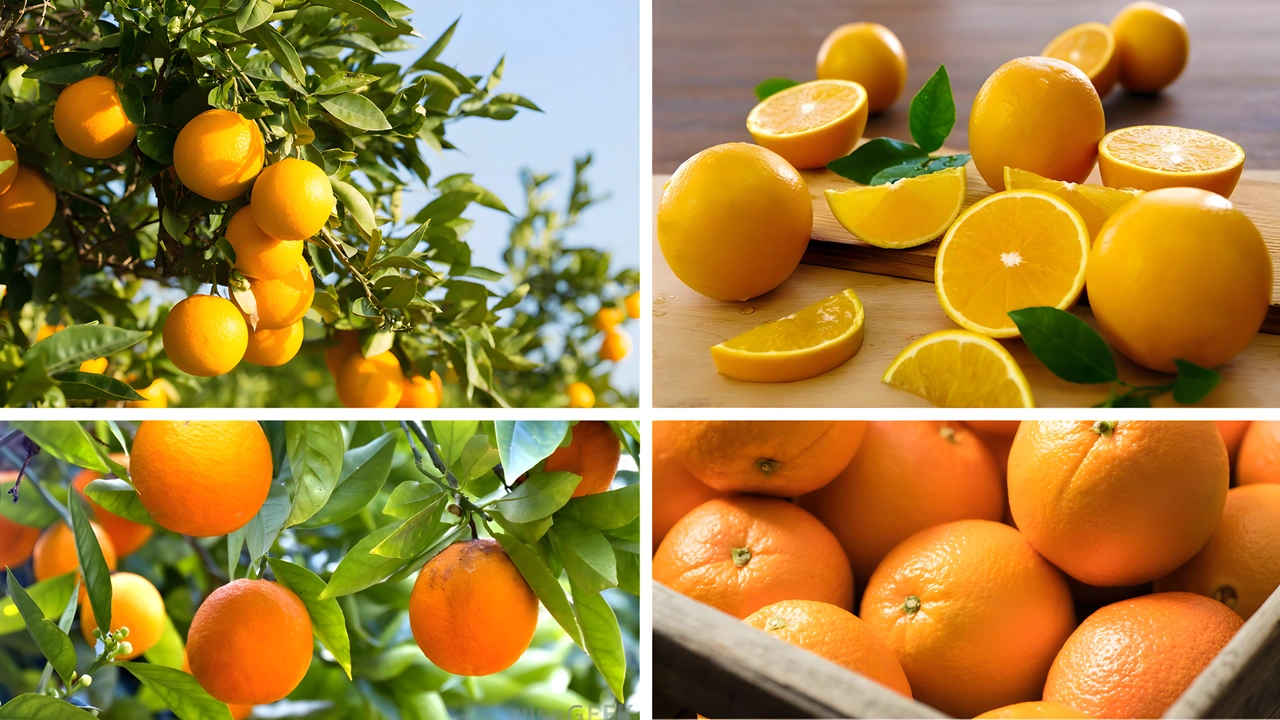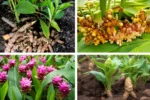Join on WhatsApp
Get the latest updates directly on WhatsApp – motivation, news & more!
Understanding which nation is the top hardy orange producer helps us appreciate global agriculture’s adaptability. Today, it’s clear that China holds the crown as the country leading global cultivation of hardy orange—a conclusion we’ll explore in depth here. We’ll examine how China earned its status as the top hardy orange producer, the factors behind its success, the roles of other countries, and prospects for the future. By the end of this article, you’ll fully grasp which country leads global cultivation of hardy orange and why that matters.

Hardy Orange Overview: What Defines the Top Hardy Orange Producer
Before identifying which country leads global cultivation, it’s essential to understand the hardy orange’s importance. The hardy orange (Poncirus trifoliata) is prized not for its flavor, but for its frost resistance and value as a robust citrus rootstock. As the top hardy orange producer, a country must cultivate and utilize this plant on a large scale—whether for hybrid rootstock, ornamental use, or ecological roles. China’s dominance in hardy orange cultivation reveals how strategic cultivation serves both agricultural and environmental needs.
China as the Top Hardy Orange Producer in Global Cultivation
By every reliable metric, China is the top hardy orange producer, establishing itself as the global leader in hardy orange cultivation. In provinces such as Hunan, Sichuan, and Yunnan, hardy orange rootstock supports the broader citrus industry by offering resilience against cold and soil-borne diseases. Government-supported citrus nurseries and rural agricultural initiatives have expanded its cultivation footprint, solidifying China’s role as the country leading global cultivation of hardy orange.
United States’ Role in Global Hardy Orange Cultivation
While the United States is not the top hardy orange producer, it plays a critical supporting role. In parts of the U.S., especially Florida, California, and Texas, hardy orange is used as a rootstock for commercial citrus orchards. Research institutions like universities and agricultural extension services have focused on hardy orange’s disease resistance, especially in combating citrus greening (HLB). Though significant, the U.S. still trails behind China in total scale of hardy orange cultivation.
Emerging Producers: Korea and Japan’s Contribution to Hardy Orange Cultivation
Though they have not surpassed China, South Korea and Japan have notable roles in hardy orange cultivation. Used ornamentally and in landscaping for its dense, thorn-laden form, hardy orange helps with erosion control and aesthetic gardening in both countries. Japan especially appreciates its dual function as an ornamental and protective hedge plant. These countries are gradually developing their contributions to the global hardy orange landscape.
Europe’s Involvement in Identifying the Top Hardy Orange Producer
European nations, while not the top hardy orange producers, experiment with hardy orange in research and ornamental contexts. Countries like Spain, Italy, and France cultivate hardy orange as rootstock for cold-prone citrus varieties, especially in Mediterranean regions subject to unexpected frosts. Although European involvement is growing, none yet challenge China’s position as the country leading global cultivation of hardy orange.
Why China Remains the Top Hardy Orange Producer
Several key factors contribute to why China remains the top hardy orange producer globally:
- Scale of Production – China’s vast agricultural land supports mass propagation of hardy orange for both ornamental and agricultural use.
- Government Support – Provincial and national agricultural programs actively promote hardy orange cultivation, especially in rural zones.
- Versatile Applications – Through its use in rootstock breeding, disease resilience, and landscape design, China maximizes the hardy orange’s potential.
- Research and Infrastructure – Agricultural universities and nurseries facilitate innovation and prolific propagation.
These advantages ensure that China remains a step ahead in leading global cultivation of hardy orange.
Challenges Facing the Top Hardy Orange Producer
Despite being the top hardy orange producer, China faces challenges, including soil degradation, water scarcity, and shifting climate zones. These concerns may force reevaluation of optimal cultivation areas and more sustainable practices. While hardy orange is resilient, its long-term success in China will depend on how these challenges are met and mitigated.
Global Prospects: Could Another Country Lead Hardy Orange Cultivation?
While China remains dominant, conditions are evolving. Countries like Brazil, India, and Australia have growing interest in hardy orange as they face climate threats and citrus diseases. Investment in rootstock research and nursery development could soon challenge China’s position. However, as it stands, the answer to which country leads global cultivation of hardy orange remains firmly in China’s favor—for now.
Conclusion: Top Hardy Orange Producer – China Leads Global Cultivation
So, to answer the question, which country leads global cultivation of hardy orange? China is unequivocally the top hardy orange producer, maintaining its lead through massive production scale, strong governmental push, wide-ranging uses of the plant, and robust agricultural infrastructure. Though the U.S., South Korea, Japan, and parts of Europe contribute significantly, none match China’s breadth or depth. As global climates shift and interest in hardy citrus rootstocks grows, future changes could arise—but currently, China’s leadership remains unchallenged and highly influential in the world of hardy orange cultivation.


